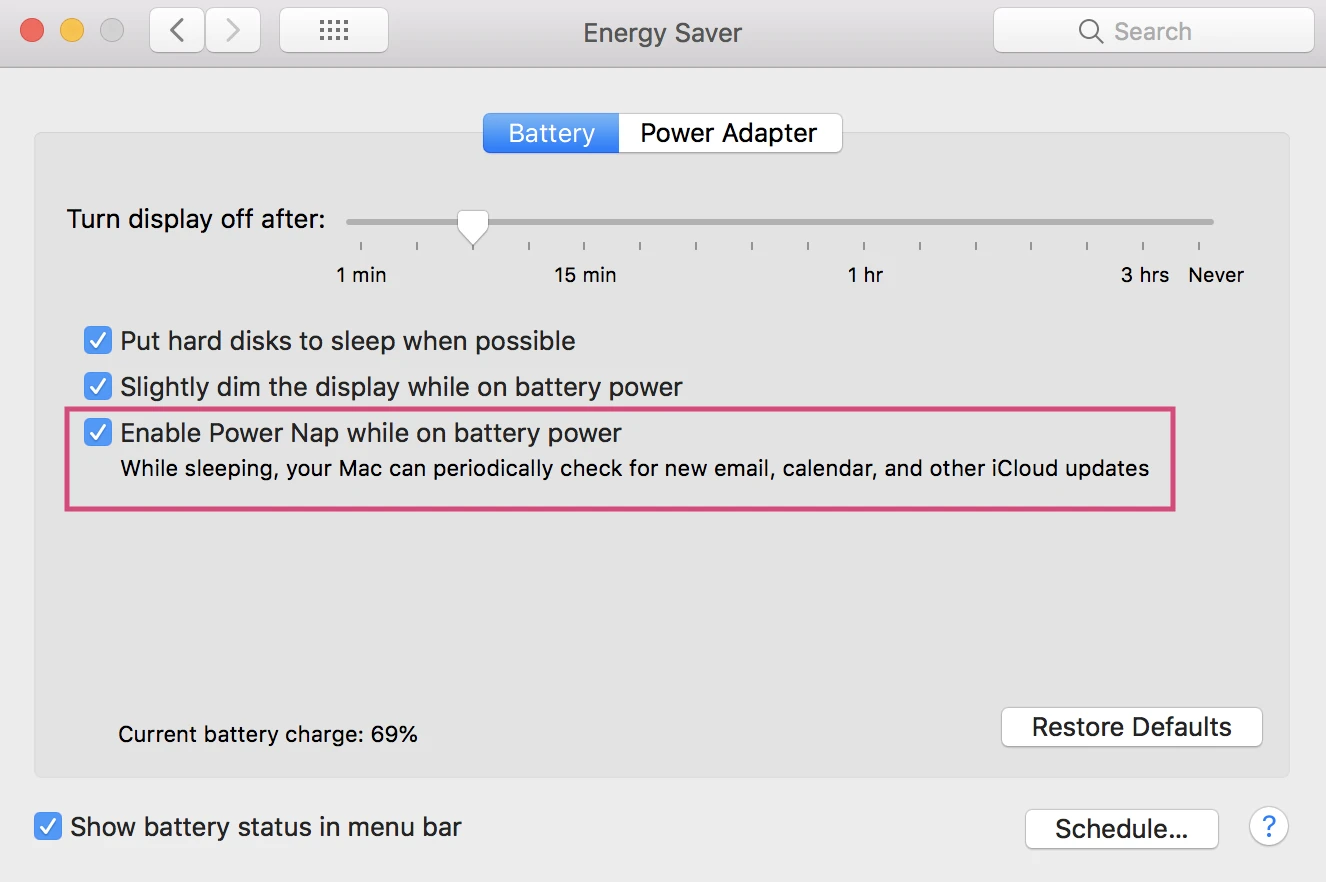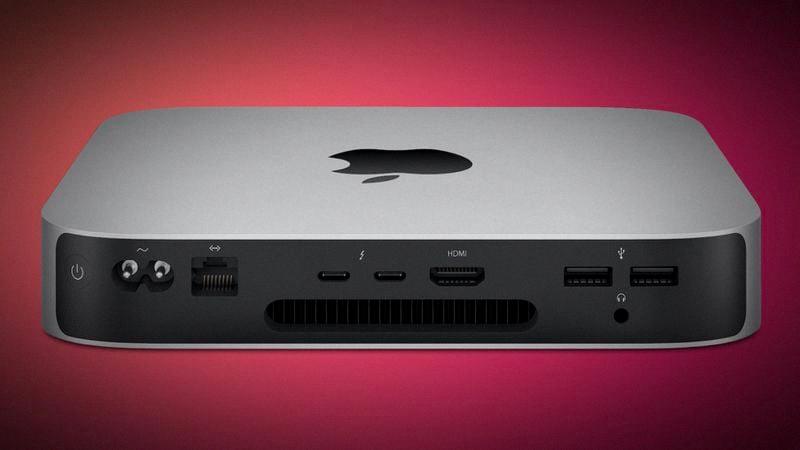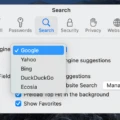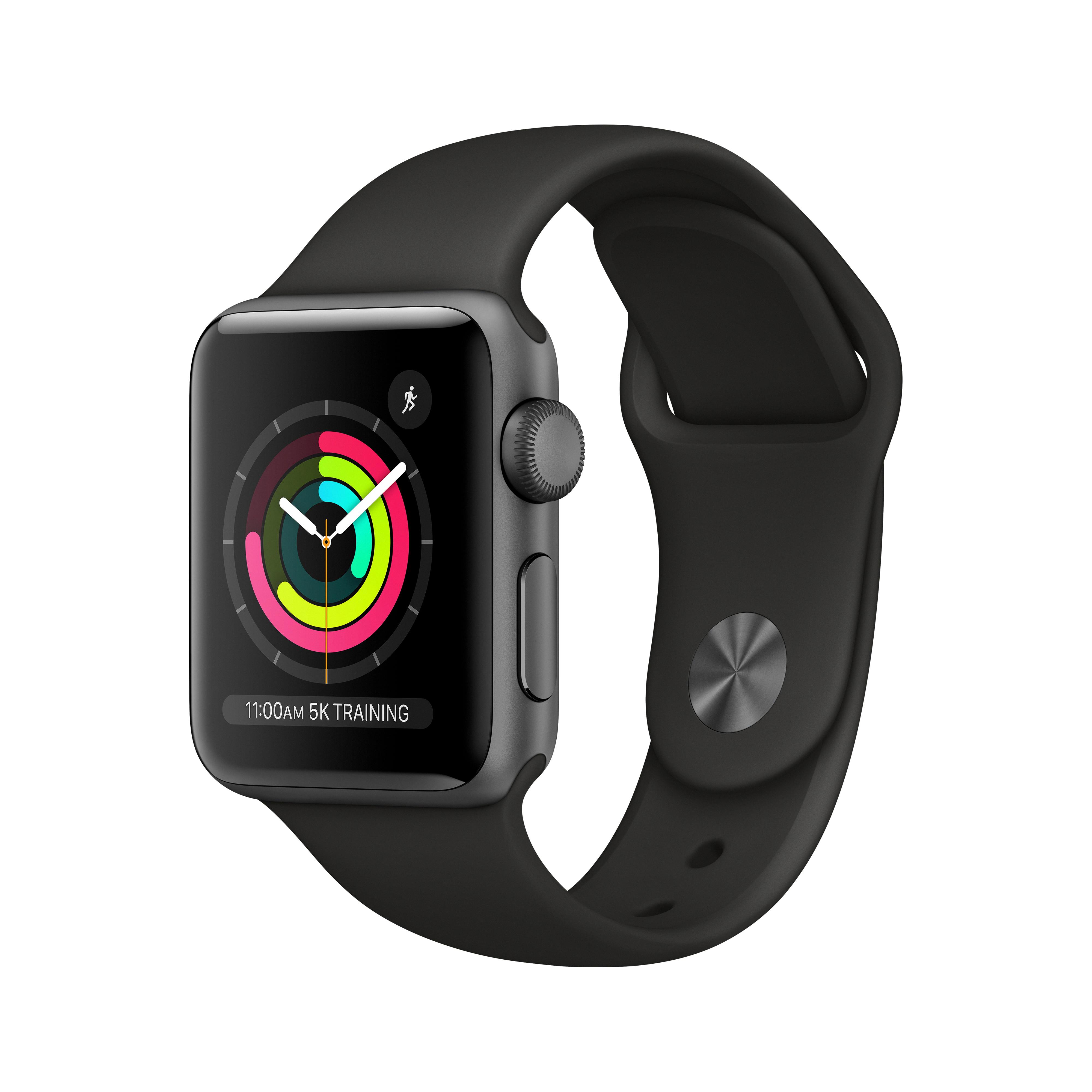If you’re a Mac user, you know that the Sleep Mode feature can be incredibly helpful in conserving battery life when you’re not using your computer. However, sometimes it can be annoying if your Mac keeps ging to sleep when you don’t want it to – or if you want to keep it on for a longer period of time. In this blog post, we’ll explain how to turn off sleep mode on your Mac.
If your Mac is set to go into Sleep Mode after a certain amount of time has passed, the first thing you should do is open System Preferences and click on “Energy Saver.” From here, check the box next to “Prevent computer from sleeping automatically when the display is off.” This will prevent your Mac from going into Sleep Mode if no one has used it for a certain amount of time.
If you want your Mac to stay awake for longer than the default setting (which is usually an hour), click on the dropdown menu next to “Turn display off after” and select a new value from the list. You can choose anything from “Never” (meaning that your Mac will never go into Sleep Mode) to “1 hour” (meaning that your Mac will enter Sleep Mode after an hour).
Another way to prevent your Mac from entering Sleep Mode is by disabling App Nap. App Nap is a feature that reduces power consumption by preventing applications from running in the background when they are not being actively used. To disable App Nap, open System Preferences and click on “Energy Saver.” Then uncheck the box next to “Enable App Nap.”
Finally, if none of these methods work for you, there are third-party apps such as Caffeine that can help keep your Mac awake for as long as you need it to be. Caffeine allows you to set a timer so that your screen stays turned on and prevents applications from entering App Nap mode while they are running in the background.
In conclusion, turning off sleep mode on a Mac is easy with these simple steps! With just a few clicks in System Preferences or with an app like Caffeine, you can keep your computer awake for as long as necessary wihout having to worry about draining its battery life or having it go into Sleep Mode unexpectedly.

Preventing a Mac Screen from Going Black
To stop your Mac screen from going black, you will need to go to System Preferences > Battery > Energy Saver > Power Adapter, and move the slider to Never. This will prevent the screen from automatically dimming or turning off after a period of inactivity.
Causes of Mac Going to Sleep Automatically
Your Mac may keep going to sleep if it is set to do so after a certain amount of time. To prevent this from happening, you can adjust your system’s sleep settings in the Energy Saver System Preferences. On the Power Adapter pane, you should deselect “Prevent computer from sleeping automatically when the display is off”, and then drag the “Turn display off after” slider to adjust how long your Mac should wait before going to sleep. Additionally, make sure that no applications are running in the background that culd be causing your Mac to go to sleep.
Adjusting Screen Timeout on a Mac
Changing how long your Mac screen stays on is a simple process. Firstly, open the System Preferences from the Apple menu. Next, click on Desktop & Screen Saver and then select Screen Saver. You will see a slider that allows you to choose how long your Mac screen stays on bfore it dims or goes to sleep. Simply move the slider to the desired time (15 minutes or less) and your Mac screen will stay on for that amount of time before it dims or goes to sleep.
Turning Off Screen Timeout
To turn off the screen timeout on your device, you will first need to access the settings menu. This can be done either from the notification panel or from the app drawer. Once you have accessed the settings menu, click on the ‘Display’ icon. This will open up a new window with various display options. Click on the ‘Screen Timeout’ option and then select ‘Never’ from the drop-down menu. This will ensure that your phone screen does not turn off due to inactivity.

Source: macrumors.com
Turning Off Sleep Mode
To turn off sleep mode in your iPhone’s Health app, you will need to open the Health app and navigate to the Browse tab. From the list, select Sleep. Scroll all the way to the bottom and tap Options. Then, tap to toggle off Turn On at Bedtime. This will turn off sleep mode for your iPhone’s Health app.
Extending Sleep Time on a Mac
If you’d like to extend the time before your Mac goes to sleep, you can do so by adjusting your energy settings. To do this, click on the Apple logo in the upper-left corner of your screen and select System Preferences. Then click on Energy Saver and adjust your preferences for when your Mac shuld go to sleep. You can choose from 1 hour up to Never for when you’d like it to sleep. When you’re finished, click on Apply and close the window. That’s all there is to it!
Keeping Your Computer Awake
To keep your computer awake, you can disable the logon screen on resume. To do this, open the Control Panel and select Personalization, then choose Change Screensaver. Next to On Resume, Display Logon Screen, uncheck the box. This will prevent your system from sleeping when it is inactive.
Preventing Computer from Locking When Idle
To stop your computer from locking when idle, you can change the power and sleep settings. To do this, go to Start > Settings > System > Power and Sleep. On the riht side panel, change the value for Screen to “Never” and for Sleep to “Never”. This will ensure that your computer will not lock or go into sleep mode when idle. If you need to turn off your display after a certain amount of time, you can also adjust the Display value accordingly.
Causes of Quick Shutdowns on Mac Computers
Your Mac turns off so quickly because of its power settings. To adjust thse settings, open the System Preferences window and select the Energy Saver tab. Here, you can set your computer to sleep after a certain period of inactivity or disable sleep mode entirely. You can also customize other power-saving features like display brightness, hard disk sleep, and wake for network access. Finally, you can make sure your Mac is using the most efficient power settings for your current environment by setting up Power Profiles. With these adjustments, your Mac should remain powered on when you’re not actively using it.
Preventing Mac Screen Lock
To keep your Mac screen from locking, open System Preferences, select the Energy Saver pane and make sure the “Turn display off after” box is unchecked. Then open the Security & Privacy pane and make sure the “Require password” box is unchecked. This shoud keep your Mac from locking your screen automatically.
Maintaining a Macbook On
To keep your Macbook on, you can adjust the Energy Saver settings. First, open System Preferences from the Apple drop-down menu at the top left corner of the desktop. Then, click on the “Energy Saver” icon in the Hardware section. Once you’re in the Energy Saver window, select “Power Adapter” from the “Settings For” drop-down box. Finally, move the “Computer Sleep” slider all the way to the right to prevent your Macbook from automatically gong to sleep.
Keeping a Computer Screen Alive
If you want to keep your Android screen alive, you can do so by adjusting the Sleep timer. To do this, open Settings and tap Display > Sleep (or Settings > Display > Screen timeout, depending on the version of Android you’re using). From here, you can choose a time interval up to 30 minutes before your screen will automatically turn off.
Alternatively, you can keep your Android screen on indefinitely by installing an app such as Screen Alive. This app allows you to set a specific time duration or have the screen stay on untl you manually turn it off. It also provides some additional features such as power saving mode, low brightness mode and night mode.
Conclusion
Mac is a popular and widely used computing platform developed by Apple Inc. It provides a range of powerful tools for professionals, students, and casual users alike. Its intuitive user interface and wide variety of applications make it a great choice for both beginners and experts. Its compatibility with oher Apple devices makes it the perfect choice for those looking for an easy-to-use operating system with extensive features. Additionally, Macs are known to be reliable, secure, and stylish devices that offer unparalleled performance and quality. With Mac, you can create beautiful projects, watch movies or play games with ease. Whether you are a professional or just starting out on your computing journey, Mac offers something for everyone.








